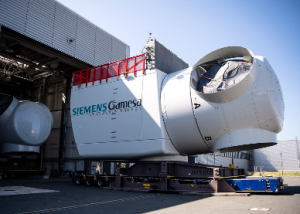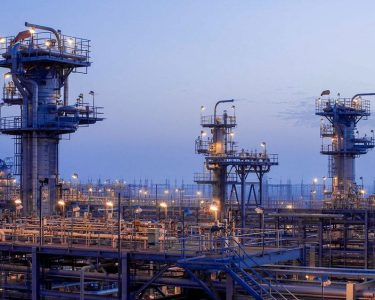The Rise of Wind Turbinegeddon
The term “Wind Turbinegeddon” has gained prominence in recent discussions surrounding climate change and its consequences. As the global focus on renewable energy intensifies, unexpected challenges have emerged, shedding light on the potential pitfalls of certain environmentally friendly solutions.

Heading 2: Unraveling the Climate Consequences
Wind Turbinegeddon refers to a phenomenon wherein the rapid proliferation of wind turbines has unintended environmental consequences. While wind power has been hailed as a cleaner alternative to fossil fuels, the mass installation of wind turbines has sparked concerns about its ecological impact. The disruption caused by these towering structures can influence local ecosystems, bird migration patterns, and even soil composition.
The collision risk for birds and bats around wind turbines raises questions about their true sustainability. As turbines multiply across landscapes, their effects on wildlife become more evident. This unforeseen consequence demands careful consideration to ensure that the pursuit of renewable energy does not inadvertently harm the very ecosystems it aims to protect.
Heading 3: Implications for Renewable Energy Goals
The emergence of Wind Turbinegeddon brings attention to the complexity of achieving renewable energy targets. While wind power remains a vital component of the transition away from fossil fuels, it’s imperative to strike a balance between clean energy generation and environmental preservation. Governments, energy companies, and environmental organizations must collaborate to develop strategies that mitigate the negative consequences associated with the mass deployment of wind turbines.
Heading 4: Navigating the Path Forward
As we confront the challenges posed by Wind Turbinegeddon, there are several key considerations to address. First, in-depth environmental impact assessments are crucial before installing wind turbines in sensitive habitats. These assessments can help identify potential risks and guide decision-making to minimize negative effects.
Second, investing in technological innovations can help mitigate the negative impact of wind turbines. Advances in turbine design, such as quieter and bird-safe models, could contribute to a more sustainable coexistence between renewable energy production and local ecosystems.
In conclusion
Wind Turbinegeddon serves as a sobering reminder that even well-intentioned solutions can have unintended consequences. The journey toward a greener future requires a holistic approach that embraces technological innovation, ecological awareness, and collaborative efforts. By learning from the challenges presented by Wind Turbinegeddon, we can ensure that our pursuit of sustainable energy aligns harmoniously with our commitment to safeguarding the planet.




